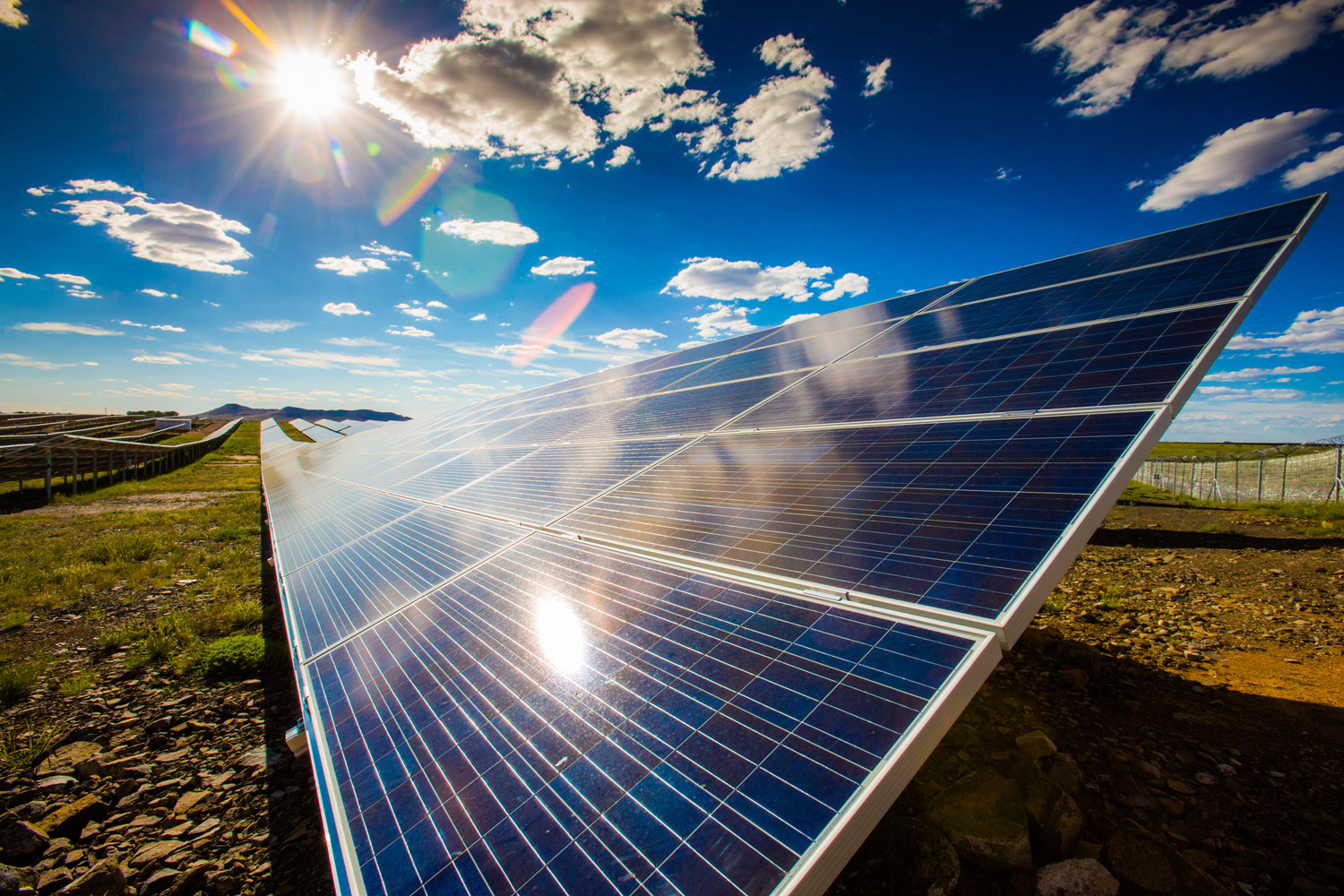A slew of measures are being taken to develop Iran's power industry, from promoting renewable energy to adopting emerging technologies to curb electricity consumption, according to the chief executive officer of Iran Power Generation, Distribution and Transmission Company (Tavanir).
"We need to significantly expand renewable infrastructure by 2030 to meet our obligations as part of a climate pact that aims to reduce global temperature," Arash Kordi told an energy forum in the city of Sari, provincial capital of the northern Mazandaran Province on Thursday, IRNA reported.
Data show some 240 megawatts, or just around 0.3% of Iran's total electricity supplies come from renewable sources such as solar and wind. But Kordi believes the country can take a page from renewable agenda of developed nations.
"Japan has an installed power capacity of 300,000 MW and 45,000 MW comes from solar panels. We can achieve something similar by using our capacity for power generation from renewables," he noted.
Representatives of 195 countries including Iran negotiated a historic agreement in Paris last December to curb global emissions of greenhouse gases and limit the planet’s warming to under 2°C, preferably 1.5°C, by 2100. Iran has pledged to increase the share of renewables in its power mix to 7,500 MW by 2030.
Kordi underscored wasteful consumption patterns and lack of efficient energy management as major deterrents to development.
"Iran is the world's 14th biggest power producer but also the 19th largest consumer," Kordi said. "With proper measures, we can cut back power wastage in the national grid by 4.5% annually."
According to published reports, energy consumption in Iran is three times higher than the global average. Experts say that with a population of 80 million, Iran's consumption rates in some energy sectors equal those of China with 1.3 billion people.
--- Poor Growth
Iran needs to steadily expand power generation infrastructure to meet its electricity demand that has been rising by almost 7% annually, Kordi said.
To meet its power demand Iran needs to fulfill its goal of boosting installed capacity by 5,000 MW every year over the next five years, as outlined in the sixth five-year economic development plan (2017-22).
But growth has been insufficient. According to the state news agency IRNA, Iran added 2,200 MW to its installed power capacity in fiscal 2016-17, less than half of its annual target.
In the past several years, power consumption has peaked in summer as people turn on their cooling systems.
In the previous fiscal that ended in March, consumption hit an all-time high of 53,000 MW, with coolers constituting one-third of the demand. According to forecasts, electricity demand will surge to 56,000 MW this summer.
--- Internet of Things
According to Kordi, one measure to curb and manage energy consumption is incorporating the 'Internet of Things' (IoT), a rapidly growing concept to control various items, from electric appliances and office equipment to the whole system of buildings or industries, via the internet.
"With the Internet of Things, all electrical devices can be connected to the internet and programmed to be turned off during the peak hours."
IoT also enables users to remotely control heating and cooking appliance or change lighting conditions etc. This also applies to components of machines, for example a jet engine of an airplane or the drill of an oil rig. The IoT, in its basic form, works as an on and off switch for all types of devices and pieces of equipment.


